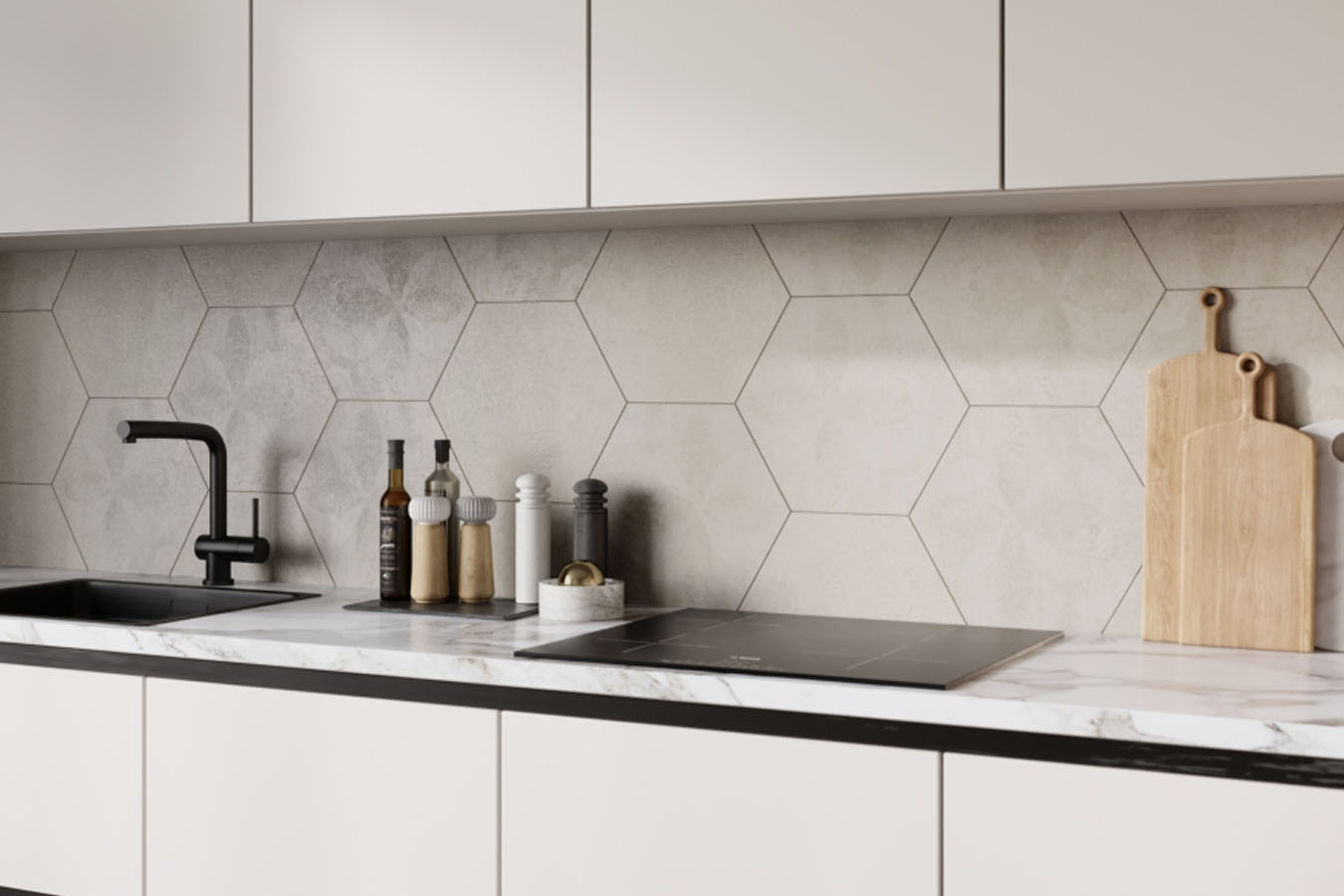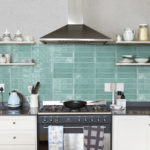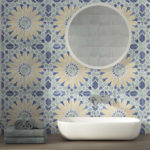There is no doubt that kitchen ceramics is one of the most talked about topics, among anyone planning to renovate their home. Although the type of kitchen cabinets, the type of tiles and of course the type of marble, sink and faucet are important, at the end of the day, the ceramic cladding significantly affects the overall design of the room. Anyone who wants to ensure a designed and aesthetic kitchen, must pay attention to the most suitable ceramics for his kitchen.
What is the importance of ceramics for the kitchen?
Most people refer to the ceramic cladding as a decorative cladding, which adds beauty and interest to the walls of the room. But it is important to remember that beyond the design aspect, the ceramic is used to preserve the kitchen walls.
Most people use their kitchen for cooking, which often causes quite a bit of dirt on the walls next to the stove. Therefore, in order to protect the walls from dirt and grease stains, it is necessary to cover them with quality ceramics, which can be cleaned in the easiest and fastest way.
It is worth knowing that the ceramic is considered a particularly durable raw material, so it lasts for a long time and does not require special maintenance, unlike the other wall coverings. You can also choose from a wide variety of ceramic tiles, which come in every possible color, pattern, size and finish.
In addition, it is worth knowing that the ceramic tiles do not absorb water and therefore they are considered resistant to moisture and mold formation.
Ceramics for the kitchen
Matching Ceramics to the Kitchen – Tips Worth Knowing!
Location of the tiles – The standard height of the ceramic tiles is 60 cm, since most people use standard kitchen cabinets. But if your cabinets are taller, you may want to install the tiles higher. In any case, it is important to carefully measure the space between the marble and the cabinets, in order to ensure full coverage of the tiles, without unnecessary mistakes.
It is recommended to install the tiles a little higher in the area of the stove, since you can often encounter situations where the sauce may jump to a height of over 60 cm.
Buy more tiles than necessary – the general recommendation is to buy at least 10% more than necessary, since often the tiles may break, or alternatively, you may find that your calculation was incorrect. It is therefore advisable to stock up on a few more tiles in advance, in order to deal with human errors.
Spacing between the tiles – This is usually a spacing of 3 mm between the tiles, since this is the standard used in Israel today. But in practice, it is much more advisable to maintain a spacing of 2 mm, as this allows for a more aesthetic appearance of the tiles and more effective adhesion to the wall.
Tile size – Today you can find quite a few different sizes of tiles, so everyone can choose the most ideal size for their kitchen. It is important to remember that the size of the tiles affects not only the design of the kitchen and the atmosphere created in it, but also the final price. For example, if your kitchen contains quite a few niches and sockets, this will require multiple cuts, which will affect the cost of labor.
Tile style – you can find quite a few styles of tiles today, which come in every shape and every possible design. It is important to choose the style that best suits the overall design of your home and the atmosphere you want to create in the kitchen. You can, for example, combine several colors of tiles or, alternatively, combine printed tiles with special patterns.


